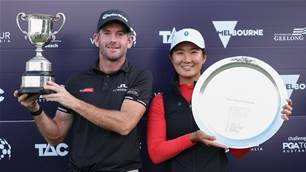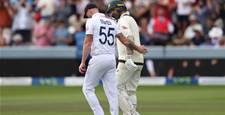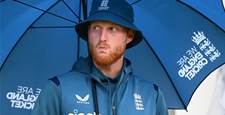We review the 'winners' and 'losers' from the past month in sport.
WINNERS:
DIAMONDS, BOOMERS AND OPALS
MICHAEL CLARKE
There’s an ambivalence in the public’s attitude toward Michael Clarke that he’s never quite been able to shake. One would think that Lara Bingle and the underwear ads could be consigned to ancient history, but early impressions do stick sometimes. The way Clarke went out, cricket-wise, hasn’t helped his cause either, as he couldn’t lead his last Test team to the victory that ultimately eluded him during his career, an Ashes’ series win in England. If Border is associated with Australian cricket’s fightback from the doldrums, and Taylor and Waugh a heyday of historic proportions, it unfortunately might be Clarke’s lot to be remembered for presiding over an era of fits and starts – more fuel for the ambivalent. It’s not entirely fair. The prodigy from Sydney’s west largely delivered on his promise as one of the defining Australian cricketers of his time, the nation’s fourth-highest run scorer in Tests and ODIs. His captaincy record of 24 wins, 16 losses and seven draws reflects his result-driven mindset, and his tactical acumen has long been admired even amid questions over his leadership style overall. It’s a curious exit for a figure that not too long ago was being lauded during the Phil Hughes tragedy and World Cup victory. But if it’s any consolation, should Clarke indeed segue to Nine’s television coverage, where he showed promise during the last Boxing Day Test, he’ll have the opportunity to revise his legacy from the comm box.
NRL TELEVISION DEAL
An analogy, if you’ll allow us: you win the lotto, and now have enough money to pursue some long-held dreams. The next day, the neighbour you’re slightly envious of wins an even bigger lotto. It doesn’t make your prize any smaller or stop you from what you want to do. And this is why the NRL television deal is a positive development for the code. Comparisons to size of the AFL deal or the internal machinations of the TV industry in Australia are side issues – fundamentally, the NRL has a healthy income stream (particularly with pay-TV and further digital rights to come on top of Nine’s $925m), a desirable position in the sports media landscape and a degree of control over itself that it has not had in its recent history. Whether they could have squeezed a few hundred million more out of the deal is less important than what the NRL, which had no money in the bank up until a few years ago, decides what to do with it. And there’s plenty for the leadership of the sport, from David Smith down, to resolve: club grants, the functioning of the salary cap, signing of juniors, the fan experience at games and, perhaps most importantly long-term, player welfare. Look after its own backyard, and see what the NRL might come back with when the next round of media rights comes up.
LOSERS:
AFL ILLICIT DRUGS POLICY
WAG SHAMING
The shock of Australia’s loss in the Ashes, one in hindsight that eminently felt like it could have been won, was always liable to produce some ridiculous reactions. WAG-shaming was the most absurd of them all, an utterly sexist indictment – we lost because our batsmen can’t focus on the swinging ball with their sweethearts around? – that seemed to have been dragged out of a bygone past. Maybe it’s an echo of cricket’s hidebound traditionalism, but this is a contention without much proof to begin with, and is totally out of step with present-day conventions of family life or the demands of international cricket. Whether the WAGs deserve as much attention as they get is a fair question, but being blamed for their partners’ performance is crossing a line. Perhaps we should ask the one Ashes-winning Australian cricket team – that being the women – what their policy is to having the HABs around?
2022 WINTER OLYMPICS
IAFF DOPING SCANDAL
Related Articles

19 Holes With ... Chad Townsend and Val Holmes

Oh, Geary win in contrasting style at Vic Open















